Home>Interior Design>Small Living Room Design Rules: 11 Ways To Enhance Tight Spaces


Interior Design
Small Living Room Design Rules: 11 Ways To Enhance Tight Spaces
Modified: January 7, 2024
Discover 11 essential interior design rules to maximize small living room spaces. Enhance your tight area with these smart design tips.
(Many of the links in this article redirect to a specific reviewed product. Your purchase of these products through affiliate links helps to generate commission for Storables.com, at no extra cost. Learn more)
Introduction
Welcome to the world of small living room design! As urban living spaces continue to shrink, it becomes increasingly important to optimize every inch of your home. Designing a small living room can be challenging, but with the right strategies, it can also be a rewarding and creative process.
Your living room is the heart of your home, where you relax, entertain guests, and spend quality time with your loved ones. Whether you live in a cozy apartment or a compact starter home, implementing the right design principles can make your space feel larger, more functional, and visually appealing.
In this article, we will explore 11 ways to enhance small living rooms and make the most of your limited space. From furniture selection to color schemes and clever storage solutions, we will cover all aspects of small living room design. Let’s dive in!
Key Takeaways:
- Small living room design requires strategic furniture selection, layout optimization, and creative use of multifunctional pieces to maximize space and functionality while maintaining a visually appealing and inviting atmosphere.
- Incorporating light colors, mirrors, and strategic use of natural light can create the illusion of space, while decluttering and organizing regularly are essential for maintaining a peaceful and serene small living room.
Choose the Right Furniture
When it comes to small living room design, selecting the right furniture is crucial. The goal is to find pieces that are not only stylish and comfortable but also appropriately scaled for your space. Here are a few tips to help you make the best choices:
- Measure, Measure, Measure: Start by measuring your living room to determine the maximum size of furniture that will comfortably fit. Consider the length, width, and height of the room, as well as any architectural features or obstructions.
- Opt for Compact Pieces: Look for furniture with a smaller footprint. Instead of a large sectional sofa, consider a sleek loveseat or a set of armchairs. Choose compact coffee tables and side tables that won’t overwhelm the room.
- Consider Space-Saving Features: Look for furniture with built-in storage compartments or hidden functions. For example, an ottoman with a removable top can double as both seating and storage.
- Embrace Lighter Colors: Light-colored furniture helps create an illusion of space. Opt for pieces in neutral or pastel tones, as they reflect light and make the room feel more open.
- Use Leggy Furniture: Furniture with exposed legs creates a sense of openness since you can see underneath it. This tricks the eye into perceiving more floor space.
- Avoid Clutter: While it may be tempting to fill your small living room with lots of furniture, less is often more. Choose essential pieces that serve your needs without overcrowding the space.
Remember, the key is to strike a balance between functionality and aesthetics. Choose furniture that not only fits your style but also serves a purpose in your small living room. By selecting the right pieces, you can create a cohesive and well-designed space that feels open and inviting.
Optimize Layout and Flow
Creating an efficient layout is essential when designing a small living room. A well-planned arrangement can maximize functionality and create a sense of openness. Here are some tips to help optimize your layout and flow:
- Consider Traffic Flow: Take into account how people will move through the space. Avoid creating obstacles or tight pathways that can disrupt the flow. Arrange the furniture in a way that allows for easy movement and encourages conversation.
- Create Zones: Divide your living room into different zones to make it more functional. Use rugs, furniture placement, or decorative screens to delineate areas for lounging, dining, or working. This will help define each space and prevent it from feeling cluttered.
- Focus on the Focal Point: Every living room needs a focal point, whether it’s a fireplace, a TV, or a stunning piece of artwork. Arrange the furniture around this focal point to create a visually pleasing and cohesive design. Remember to keep the scale of the furniture in proportion to the focal point.
- Allow for Open Walkways: Ensure that there is enough space between furniture pieces and walls to create a sense of openness. Leave at least 2-3 feet of clearance for easy movement.
- Utilize Corner Space: Corners are often underutilized in small living rooms. Make the most of these areas by incorporating corner shelves, floor lamps, or small accent tables. This not only adds functionality but also helps create a visually interesting space.
- Be Mindful of Doorways and Windows: Consider the placement of doors and windows when arranging your furniture. Avoid blocking access to these areas and make sure that natural light can flow freely into the room.
Remember, an optimized layout can make a significant difference in the functionality and visual appeal of your small living room. Take the time to experiment with different furniture arrangements and configurations until you find the perfect layout that suits your needs and maximizes your space.
Use Multifunctional Furniture
When designing a small living room, it is essential to make the most of every inch of space. One effective way to do this is by using multifunctional furniture that serves multiple purposes. Here are some ideas to incorporate multifunctional pieces into your small living room:
- Sofa Beds: A sofa bed is a versatile piece of furniture that can be used as both seating during the day and a bed for overnight guests. Look for sofa beds with compact designs that can easily transform from a sofa to a bed.
- Storage Ottomans: Ottomans with built-in storage are a smart choice for small living rooms. They provide a place to rest your feet while also offering hidden storage for blankets, pillows, or other items. Look for ottomans with removable tops or drawers.
- Convertible Tables: Consider using a coffee table that can be adjusted in height or expanded to create a larger surface area. This allows for flexibility when entertaining guests or working from home.
- Folding or Nesting Tables: Folding or nesting tables are perfect for small living rooms as they can be easily tucked away when not in use. Use them as side tables or extra seating options during gatherings.
- Wall-Mounted Desks: If you need a workspace in your small living room, opt for a wall-mounted desk that can be folded up when not in use. This saves valuable floor space and keeps your living area clutter-free.
- Modular Shelving Systems: Invest in modular shelving systems that can adapt to your changing storage needs. These versatile units can be customized to fit any space and can accommodate a variety of items, from books to decorative objects.
By incorporating multifunctional furniture into your small living room, you can make the most of limited space while still enjoying comfort and style. The key is to be creative and think outside the box when selecting furniture pieces that serve multiple purposes.
Maximize Vertical Space
In a small living room, it’s crucial to think beyond just the floor space and utilize the vertical space as well. By maximizing vertical space, you can create additional storage opportunities and visually expand the room. Here are some strategies to make the most of your vertical space:
- Wall-Mounted Shelves: Install wall-mounted shelves to store books, decor, and other items. This not only frees up floor space but also draws the eye upwards, making the room feel more spacious.
- Use Tall Bookcases: Opt for tall bookcases or shelving units that can accommodate items from floor to ceiling. This provides ample storage space and makes the room appear taller.
- Hang Floating Shelves: Floating shelves are a great way to display decorative items without taking up precious floor space. Place them above furniture or in small nooks to add storage and visual interest.
- Hang Curtains High: Install curtain rods close to the ceiling and allow the curtains to hang all the way down to the floor. This creates the illusion of higher ceilings and makes the room feel more expansive.
- Utilize Vertical Storage Units: Invest in vertical storage units such as tall cabinets or armoires. These can be used to store items that are not frequently used, keeping them out of sight and freeing up space in the main living area.
- Consider Wall-Mounted TV: Mounting your TV on the wall not only saves space but also creates a sleek and streamlined look. Pair it with a floating media console or shelf for additional storage.
By taking advantage of the vertical space in your small living room, you can optimize storage options and create the illusion of a larger room. Remember to balance the use of vertical storage with maintaining an open and airy feel, avoiding overcrowding the walls.
Utilize Hidden Storage Solutions
When dealing with a small living room, it’s important to make every inch count. One effective way to maximize storage and keep your space organized is by utilizing hidden storage solutions. Here are some ideas to consider:
- Storage Ottomans: Choose ottomans with built-in storage compartments. These can be used as a footrest, extra seating, or even as a coffee table, while providing hidden storage for blankets, pillows, or other items.
- Hidden Drawers: Consider furniture pieces with hidden drawers, such as sofas, coffee tables, or entertainment centers. These cleverly disguised compartments provide storage without sacrificing style.
- Under-Seat Storage: Opt for seating options, like benches or window seats, that have hidden storage beneath them. This is a great way to store items like books, board games, or extra linens out of sight.
- Built-In Wall Units: Custom-built wall units can provide ample storage space for books, electronics, and other items while seamlessly blending with the overall design of your living room.
- Hidden Shelving: Install shelves with hidden compartments behind artwork or mirrors. This creates a visually appealing display while offering additional storage for small items.
- Vertical Pull-Out Cabinets: Use vertical pull-out cabinets alongside your TV unit or in between wall studs to store DVDs, gaming consoles, or other media devices. These cabinets can be conveniently hidden when not in use.
By incorporating hidden storage solutions, you can keep your small living room clutter-free and maintain a clean and organized space. These hidden storage options not only provide functionality but also contribute to the overall aesthetics of your room.
Use Mirrors to Create the Illusion of Space
Incorporating mirrors into the design of a small living room can have a transformative effect. Mirrors have the ability to visually expand the space by reflecting light and creating the illusion of depth. Here’s how you can use mirrors to make your small living room feel more spacious:
- Strategic Placement: Hang mirrors on walls opposite windows or light sources to maximize the reflection of natural and artificial light. This will help brighten up the space and make it feel larger and more open.
- Reflective Surfaces: Consider incorporating furniture with reflective finishes, such as mirrored coffee tables or metallic accents, to bounce light around the room and create a sense of expansiveness.
- Full-Length Mirrors: Install a full-length mirror on a wall to create the illusion of a larger space. This works particularly well when placed in narrow areas or along walls to extend the visual boundaries.
- Mirror Backsplash: If you have a small living room with a bar area or display shelves, consider using a mirror as a backsplash. This will not only provide a reflective surface but also add a touch of elegance and sophistication to the space.
- Mirrored Furniture: Opt for furniture pieces, such as cabinets or side tables, with mirrored surfaces. These pieces not only provide storage but also create a visually light and airy feel in your small living room.
- Grouped Mirrors: Create a statement wall by grouping together various-sized mirrors in different frames or shapes. This can add a unique focal point to your living room while maximizing the reflection of light.
When using mirrors, it’s important to be mindful of what they’re reflecting. Consider positioning them to showcase attractive features of the room or to create the illusion of a beautiful view. By strategically using mirrors, you can enhance the visual spaciousness and brightness of your small living room.
Utilize multi-functional furniture, such as a sofa with storage or a coffee table that can also serve as a desk, to maximize space in a small living room.
Incorporate Light and Neutral Colors
Color plays a crucial role in small living room design, as it can greatly impact the perception of space and light. Using light and neutral colors in your living room can create an atmosphere that feels open, airy, and visually expansive. Here are some tips for incorporating light and neutral colors into your small living room:
- Choose Light Wall Colors: Opt for light-colored paint or wallpaper for your walls. Shades of white, cream, pale gray, or pastels can make the room feel brighter and more spacious.
- Avoid Dark and Bold Colors: Dark colors tend to absorb light and make a space feel smaller. While they can add drama and elegance, they may not be the best choice for small living rooms. If you do want to include darker colors, use them sparingly as accent pieces or in small doses.
- Coordinate Furniture and Textiles: Select furniture, curtains, and textiles in light and neutral tones. Beiges, whites, and light grays create a cohesive and harmonious feel. This will help unify the space and add to the sense of openness.
- Add Pops of Color: While a light and neutral color palette is recommended, adding pops of color through accessories, such as throw pillows, artwork, or rugs, can bring visual interest without overwhelming the space.
- Consider Monochromatic Schemes: Using various shades of the same light color can create a monochromatic color scheme that adds depth and sophistication to your small living room. This technique prevents the color palette from feeling too busy or disjointed.
- Utilize Contrast: While sticking to light colors, incorporating some contrast can add visual interest. Consider pairing light-colored walls with slightly darker furniture or incorporating different textures to create dimension.
By incorporating light and neutral colors into your small living room, you can create a soothing and spacious environment. The use of these colors helps reflect light, making the room feel brighter and more open. Remember to balance the use of colors with textures and patterns to add depth and visual interest to the space.
Utilize Natural Light Effectively
Natural light is a powerful tool in small living room design. It can make the space feel brighter, more open, and visually spacious. Here are some tips for utilizing natural light effectively in your small living room:
- Keep Windows Clear: Ensure that your windows are not obstructed by heavy curtains or furniture. Use sheer, light-colored curtains that allow natural light to penetrate into the room while maintaining privacy when needed.
- Choose Light-Filtering Window Treatments: If privacy is a concern, opt for window treatments that filter light rather than block it completely. This allows natural light to enter while softening harsh sunlight and reducing glare.
- Use Mirrors to Reflect Light: Place mirrors strategically near windows to reflect and amplify natural light throughout the room. This helps create the illusion of additional windows and expands the sense of space.
- Position Furniture Wisely: Arrange furniture in a way that doesn’t obstruct the flow of natural light from windows. Avoid placing bulky or tall furniture in front of windows, as it can block light and make the room feel darker and more cramped.
- Opt for Light-Reflective Surfaces: Choose furniture, flooring, and decor that have light-reflective properties. Materials like glass, metal, and glossy finishes can help bounce light around the room and make it feel brighter.
- Trim Back Outdoor Foliage: If you have plants or trees outside your windows, regularly trim back any foliage that may block natural light from entering. This will ensure that your living room remains well-lit throughout the day.
- Consider Skylights or Light Tubes: If possible, install skylights or light tubes to bring in additional natural light from above. These can be particularly helpful in rooms with limited or small windows.
By making the most of natural light, you can enhance the ambiance and visual spaciousness of your small living room. Embrace the beauty of sunlight and strategically design your space to let it fill the room, creating an inviting and open atmosphere.
Create a Focal Point
A focal point is a key element in any room design, and it becomes even more important in a small living room. A well-designed focal point draws the eye and serves as a visual anchor, adding interest and depth to the space. Here are some tips to create a focal point in your small living room:
- Highlight an Architectural Feature: If your living room has an architectural feature such as a fireplace, exposed brick wall, or large windows, emphasize it as your focal point. Arrange furniture around it to draw attention and create a cohesive design.
- Showcase Artwork: Hang a large piece of artwork or create a gallery wall to serve as a focal point. Choose a piece that speaks to your style and complements the overall aesthetic of your living room.
- Create a Statement Wall: Paint one wall in a bold color or use wallpaper with a captivating pattern to create a focal point. This wall will immediately draw attention and add personality to your small living room.
- Invest in an Eye-Catching Furniture Piece: Choose a standout furniture piece, such as a unique couch, an accent chair, or a coffee table with an interesting design. This piece will become the focal point that anchors and defines the space.
- Use Lighting Fixtures: Install a striking chandelier, pendant light, or a series of artistic sconces to create a focal point in your living room. These decorative lighting fixtures not only provide illumination but also add a touch of elegance and drama.
- Consider a Feature Wall: Dress up one wall with textured panels, reclaimed wood, or decorative tiles to create a focal point. This feature wall will instantly become a conversation starter and give your small living room a unique character.
Creating a focal point adds visual interest and directs attention in your small living room. It serves as the visual center of the space and gives a sense of purpose to the room’s design. By incorporating a focal point, you can make your living room feel more inviting and aesthetically pleasing.
Use Rugs and Textiles Strategically
Rugs and textiles not only add warmth and comfort to a small living room but also play a crucial role in its design. When used strategically, they can visually expand the space and create a cohesive and inviting atmosphere. Here are some tips for using rugs and textiles effectively in your small living room:
- Choose the Right Size Rug: Select a rug that is proportional to the size of your living room. A rug that is too small can make the room feel disjointed, while a large rug can overwhelm the space. Ideally, your rug should be large enough to fit all furniture legs on it, creating a cohesive and grounded look.
- Opt for Light-Colored Rugs: Light-colored rugs, such as beige, ivory, or soft gray, can make your small living room feel more spacious. They reflect light and create an airy and open ambiance.
- Add Texture and Patterns: Incorporate textured rugs or textiles to add depth and visual interest to your living room. Consider rugs with subtle patterns or textured materials like jute or shag. These tactile elements create a cozy and inviting atmosphere.
- Use Layering Techniques: Layering rugs can add dimension and create a stylish look in your small living room. Place a smaller, patterned rug on top of a larger neutral one to add visual interest and define different areas within the room.
- Introduce Throw Pillows and Blankets: Use decorative throw pillows and cozy blankets to add pops of color and texture to your furniture. They not only make the space feel inviting but also allow you to easily update the color scheme or style of your living room.
- Consider Sheer Curtains: Opt for sheer curtains or lightweight fabrics for window treatments. These allow natural light to filter through while softening the harshness of direct sunlight. Sheer curtains also create an airy and ethereal feel in your small living room.
By using rugs and textiles strategically, you can enhance the overall design and comfort of your small living room. They add visual interest, create texture, and tie the various elements of the room together, resulting in a cohesive and inviting space.
Declutter Regularly
In a small living room, decluttering is essential to maintain a clean, organized, and spacious feel. Clutter can make a small space feel even more cramped and chaotic. By regularly decluttering and organizing your living room, you can create a peaceful and serene environment. Here are some tips to help you declutter effectively:
- Purge Unnecessary Items: Go through your living room and identify items that are no longer needed or are taking up valuable space. Donate, sell, or discard these items to free up room and reduce visual clutter.
- Create Storage Solutions: Invest in storage furniture or containers to keep your belongings organized and out of sight. Use baskets, bins, or shelves to store items like books, magazines, toys, or electronic devices.
- Minimize Decorative Objects: While it’s important to decorate and personalize your living room, be mindful not to overload it with too many decorative objects. Choose a few meaningful pieces that add visual interest without overwhelming the space.
- Establish a System: Create a system for managing paperwork, mail, and other everyday items. Designate specific areas for these items, such as a tray or folder, to prevent them from cluttering tabletops or surfaces.
- Regularly Clean and Dust: Dust and clean your living room regularly to maintain a fresh and clutter-free space. Regular cleaning helps prevent dust buildup and keeps surfaces looking neat and tidy.
- Organize Cables and Wires: Untangle and organize cords, cables, and wires from electronics. Use cable management solutions or Velcro ties to keep them neatly tucked away and prevent them from becoming a visual distraction.
- Maintain a “One In, One Out” Rule: For every new item you bring into your living room, consider removing an old or unnecessary one. This keeps the balance and prevents accumulation and clutter.
By regularly decluttering and organizing your small living room, you create a more peaceful and spacious environment. It allows you to fully appreciate and enjoy the design elements of your space without the distraction of excess items and clutter.
Conclusion
Designing a small living room can be a challenging but rewarding endeavor. By implementing the right strategies, you can transform your compact space into a stylish, functional, and inviting area. Throughout this article, we have explored 11 ways to enhance small living rooms and make the most of limited space.
Choosing the right furniture that is appropriately scaled and multifunctional is key to maximizing your space. Optimize the layout and flow of the room to ensure easy movement and a sense of openness. Utilize vertical space through the use of wall-mounted shelves, tall storage units, and mirrors to create the illusion of height and expansiveness. Incorporate hidden storage solutions to keep your small living room organized and clutter-free.
Light and neutral colors can create an airy and spacious feel, while effectively utilizing natural light through strategic window treatments, mirrors, and furniture placement can enhance the overall brightness and openness of the room. Creating a focal point, whether through architectural features, artwork, or statement furniture, adds visual interest and a sense of purpose to your living room.
Using rugs and textiles strategically can add warmth, texture, and dimension to your small living room. Lastly, regular decluttering and organization are essential to maintain a clean and tidy space that promotes calmness and relaxation.
With these 11 tips in mind, you can create a small living room that is not only aesthetically pleasing but also functional and comfortable. Remember to tailor these suggestions to suit your personal style and preferences, making your small living room a true reflection of your individuality.
So, embrace the challenge of designing a small living room and unleash your creativity. With the right tactics and a thoughtful approach, you can transform your limited space into a place that feels spacious, inviting, and uniquely yours.
Frequently Asked Questions about Small Living Room Design Rules: 11 Ways To Enhance Tight Spaces
Was this page helpful?
At Storables.com, we guarantee accurate and reliable information. Our content, validated by Expert Board Contributors, is crafted following stringent Editorial Policies. We're committed to providing you with well-researched, expert-backed insights for all your informational needs.
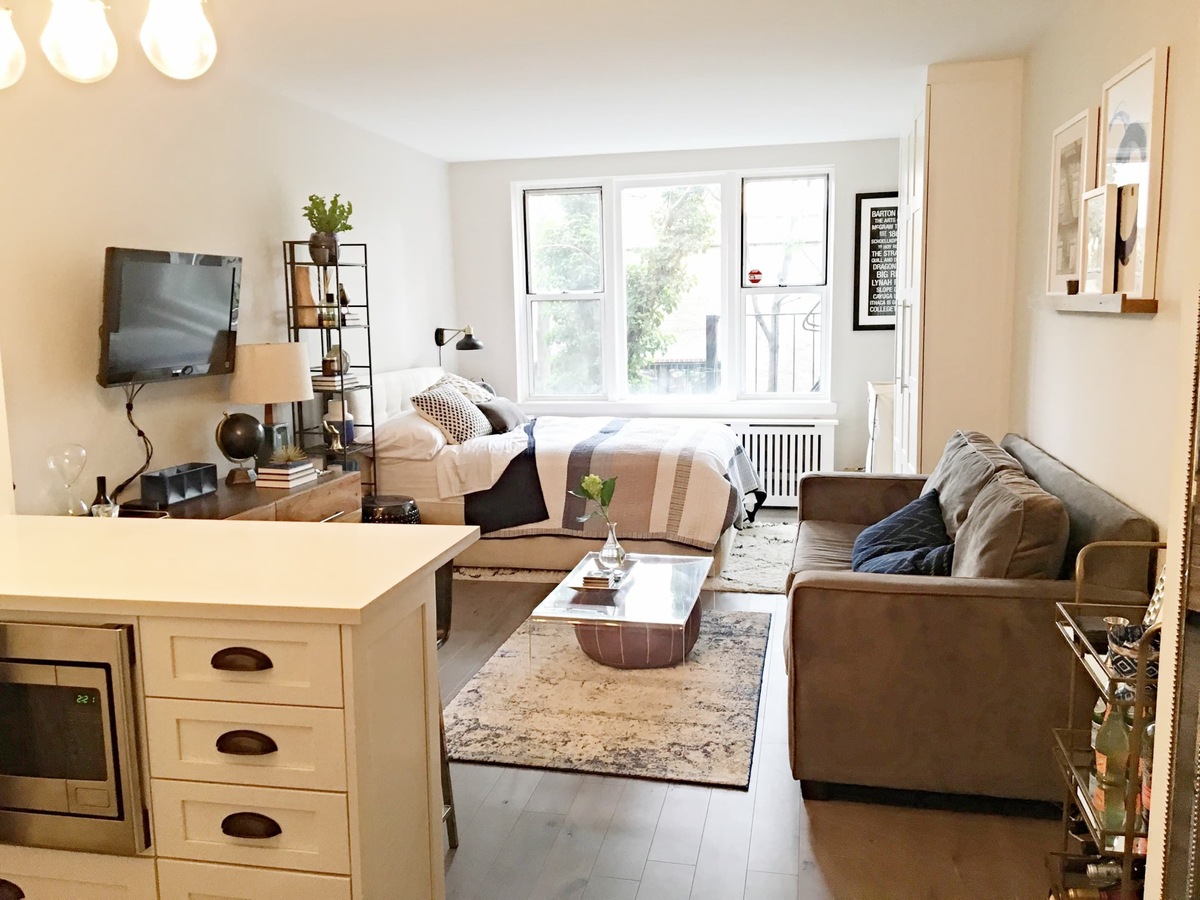
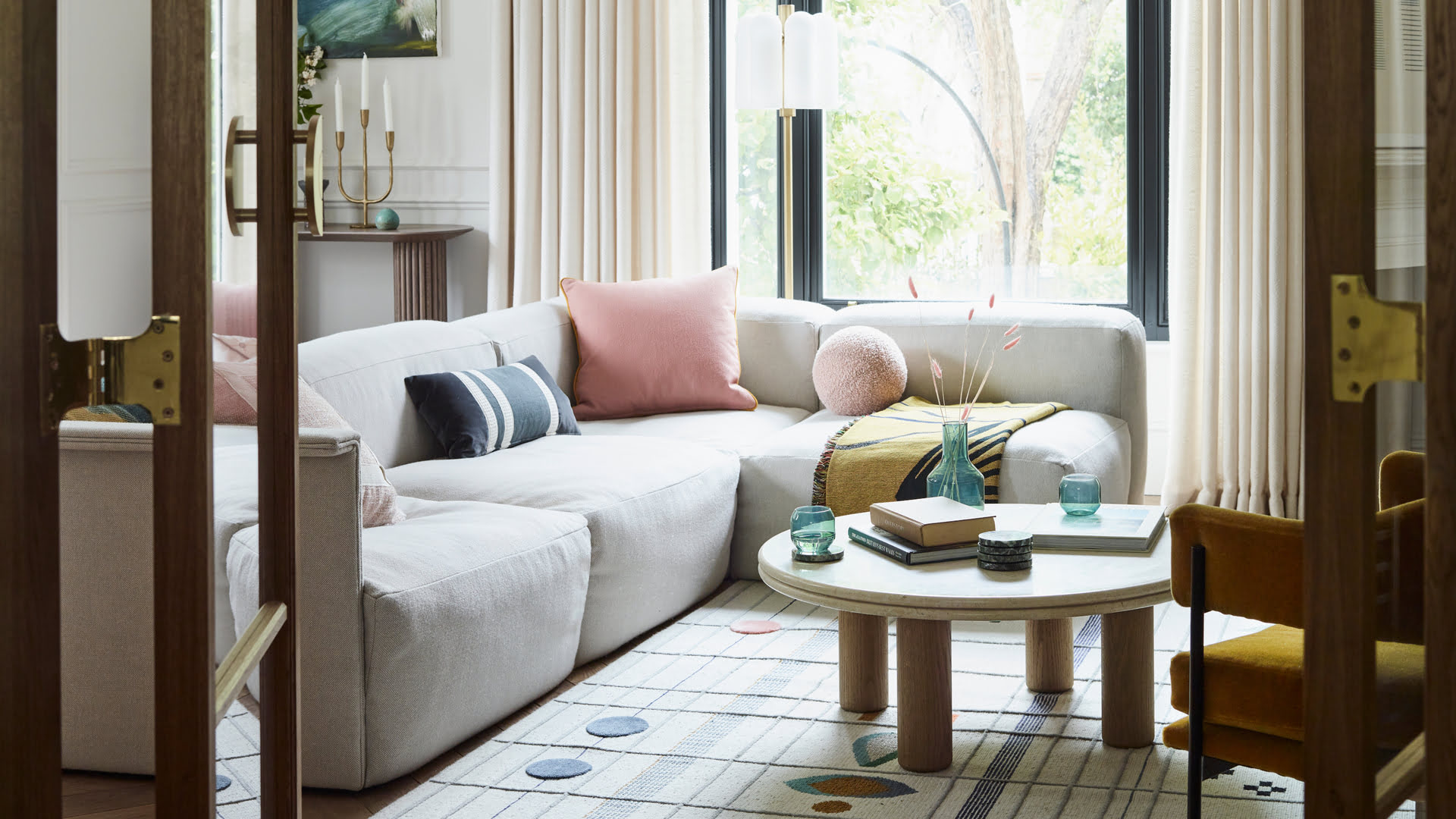
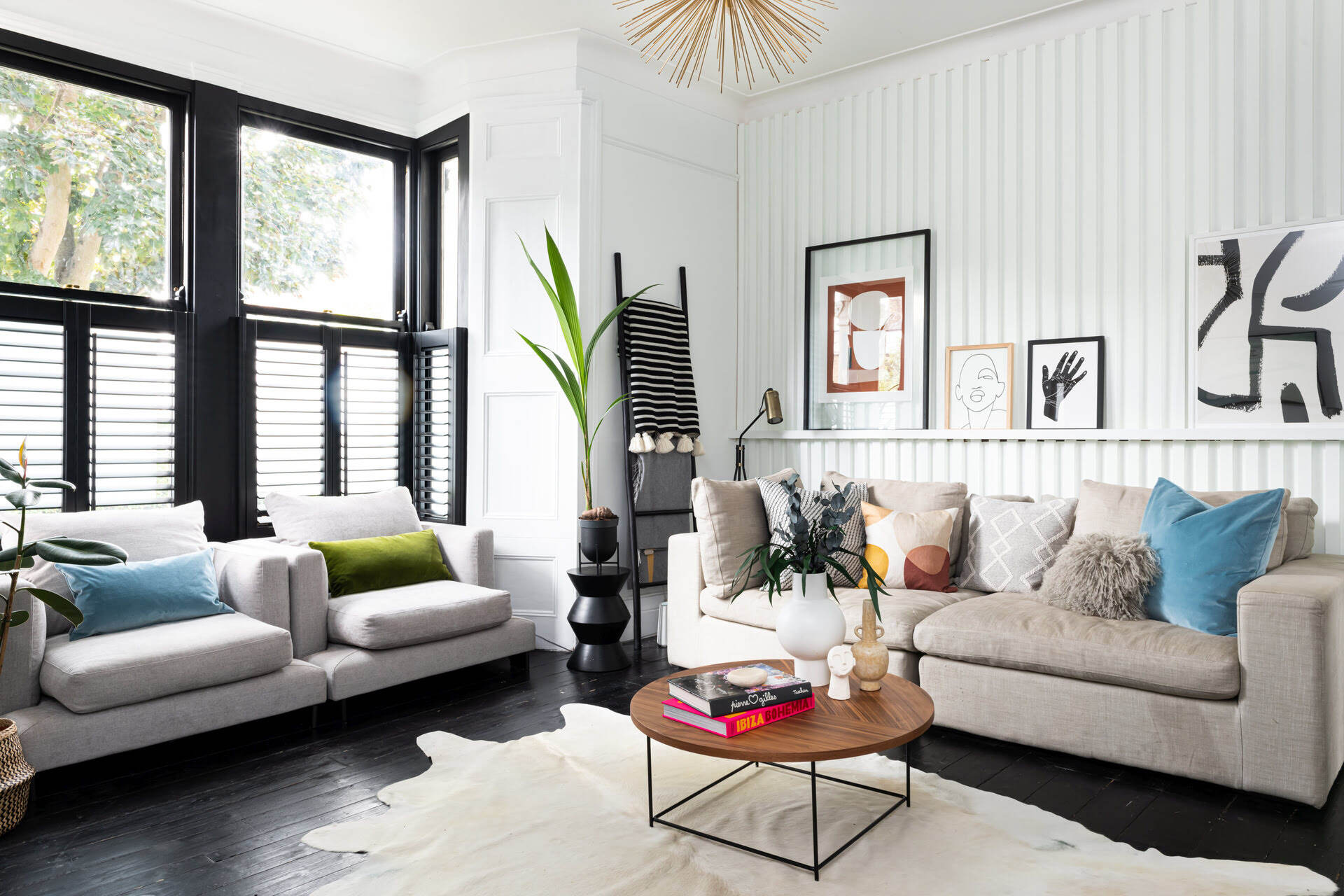
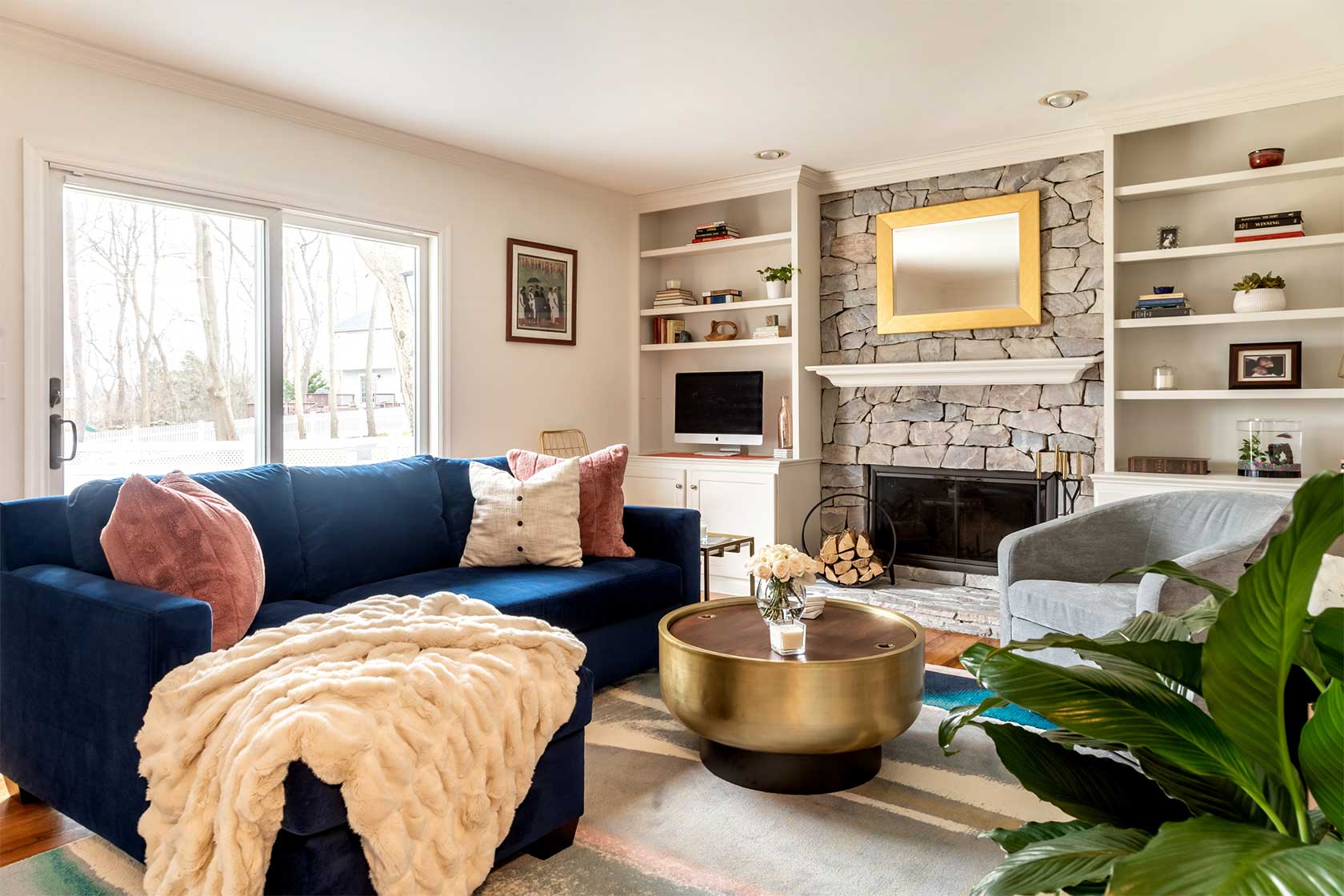
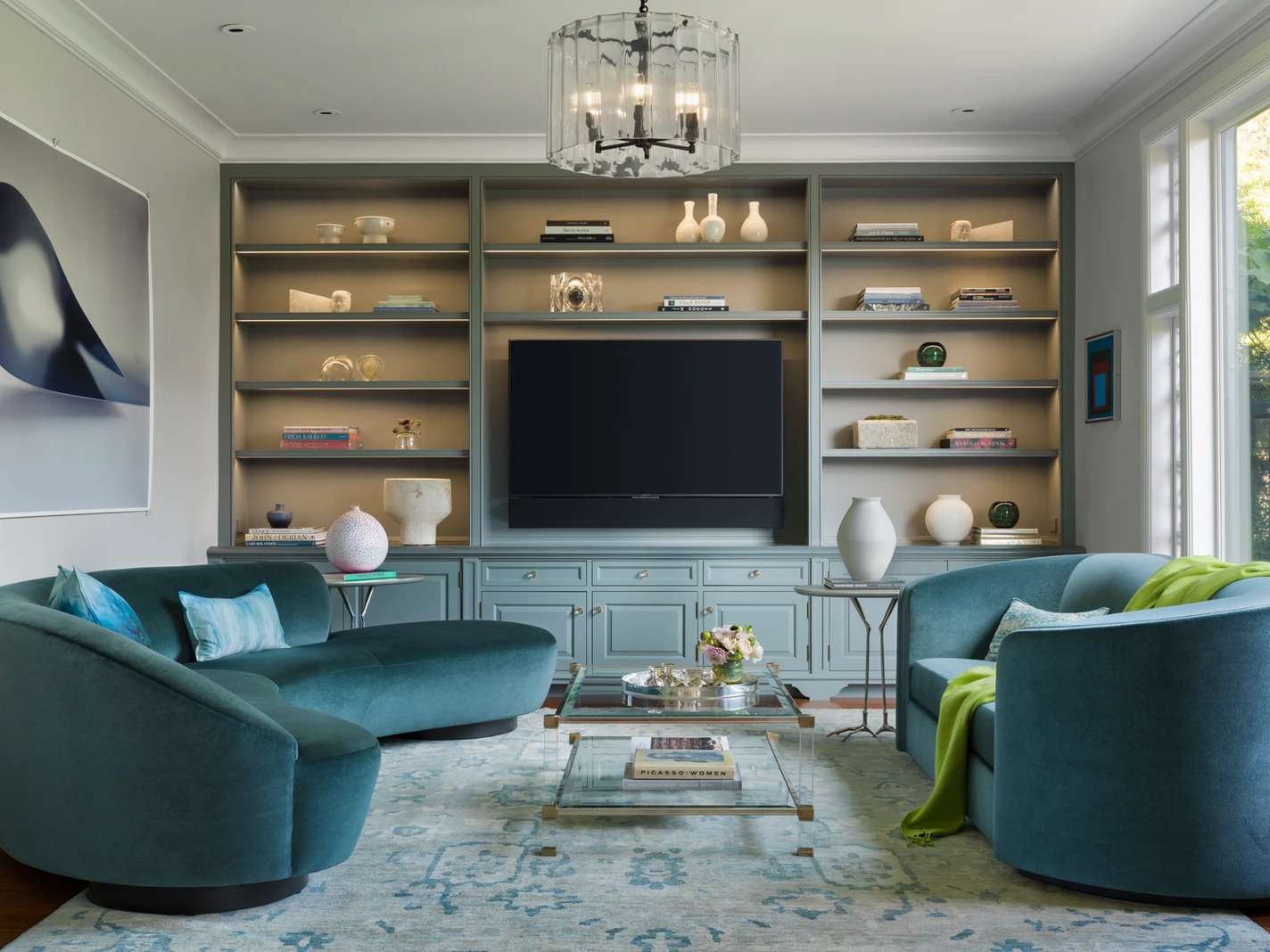
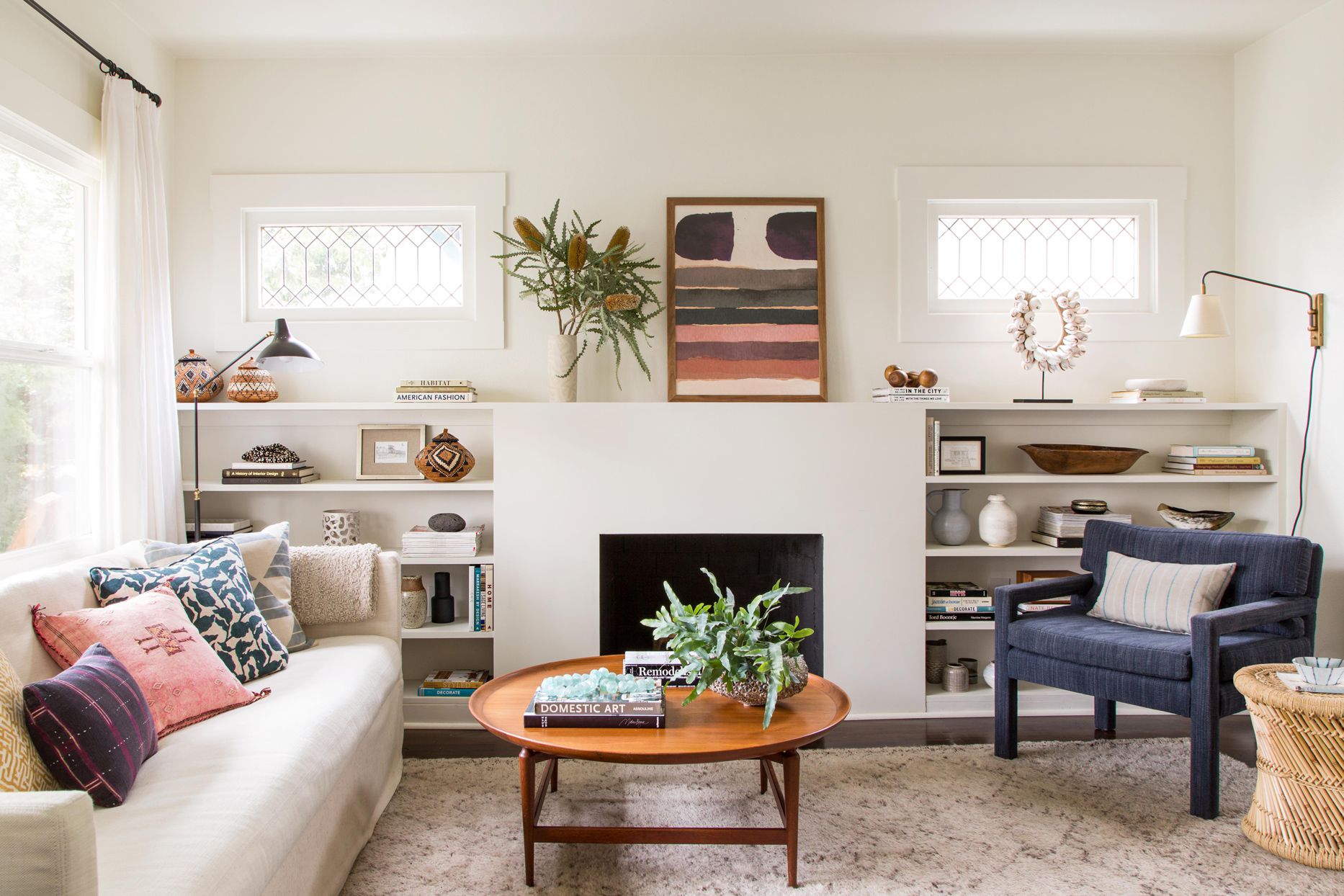
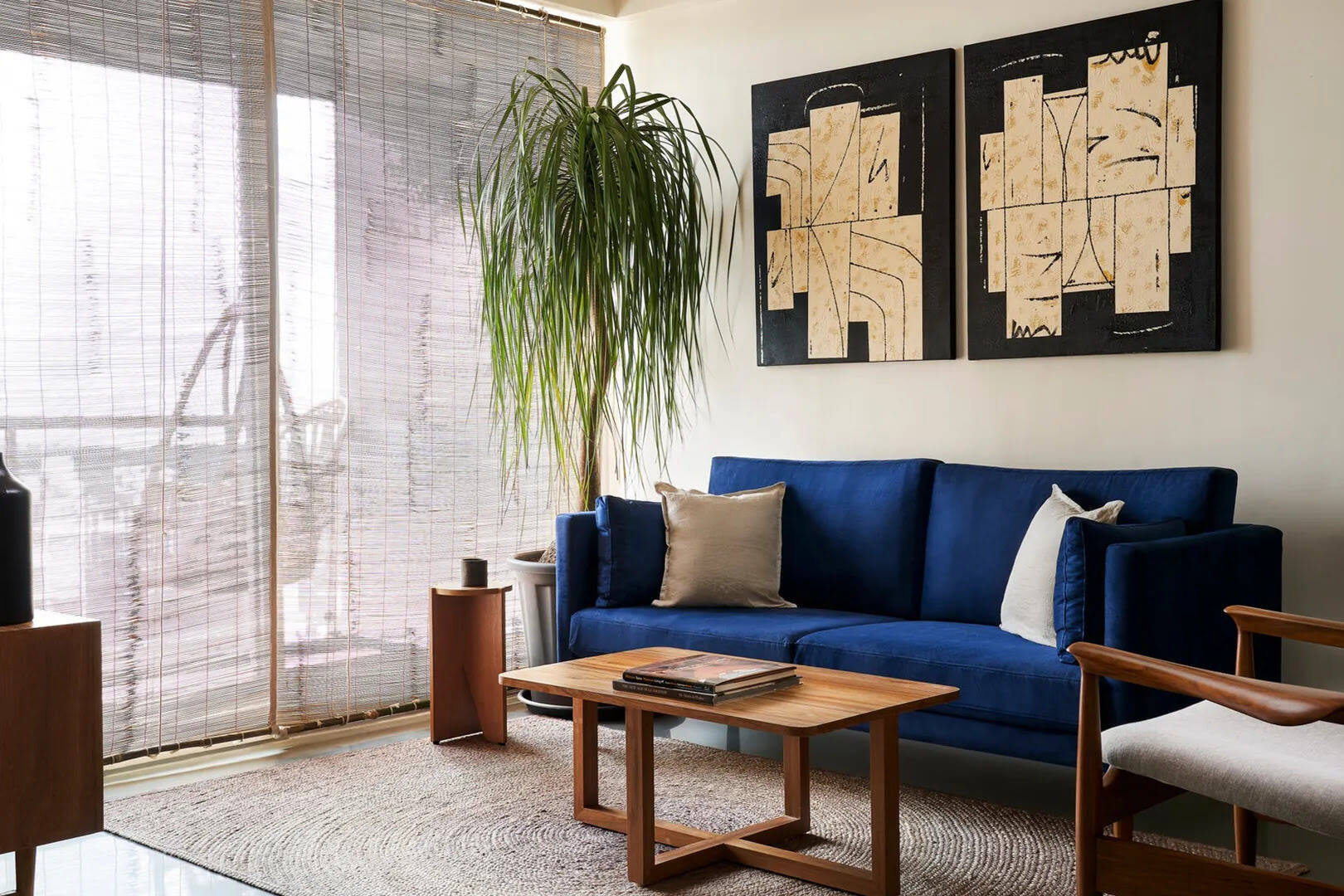
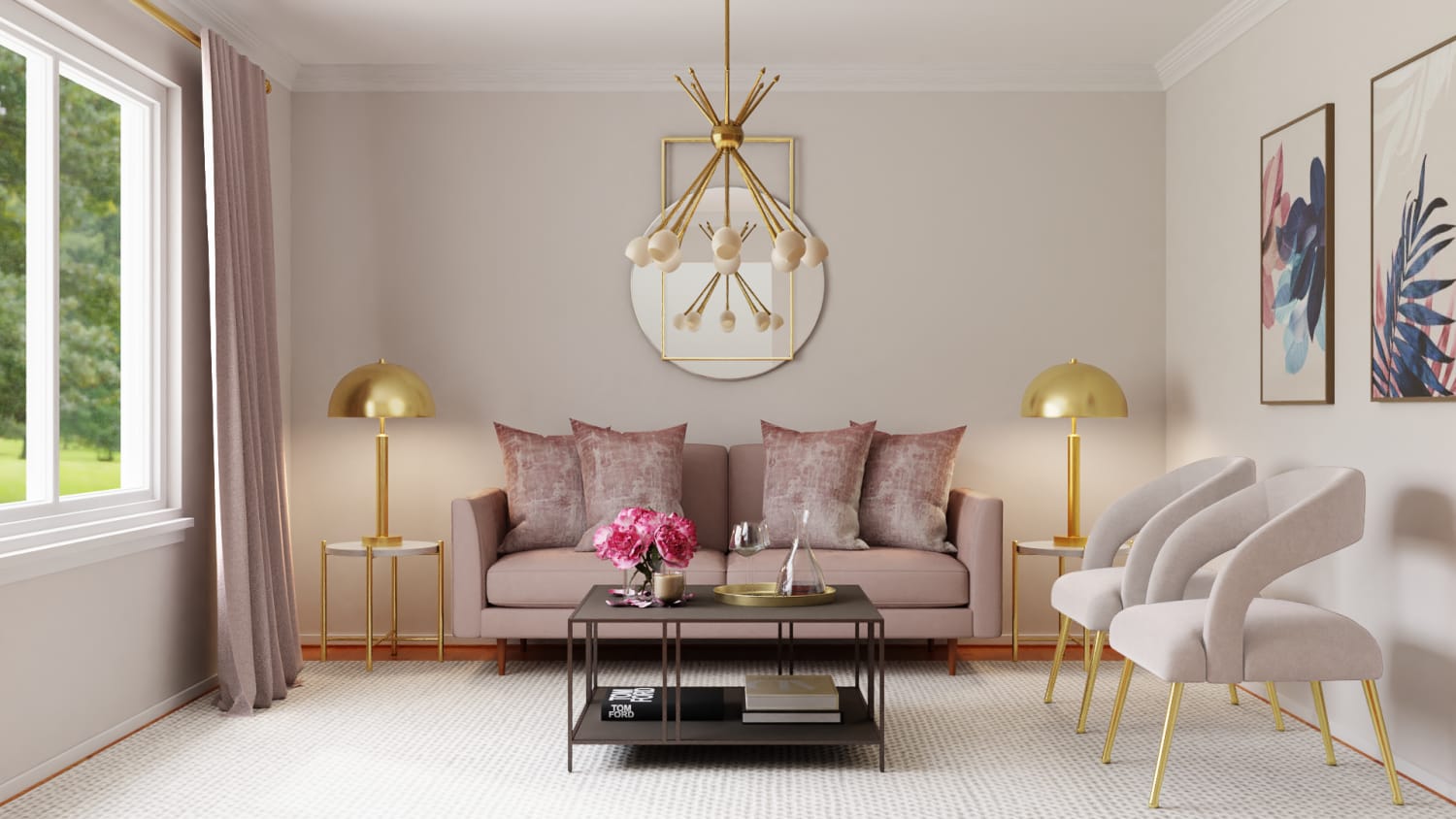
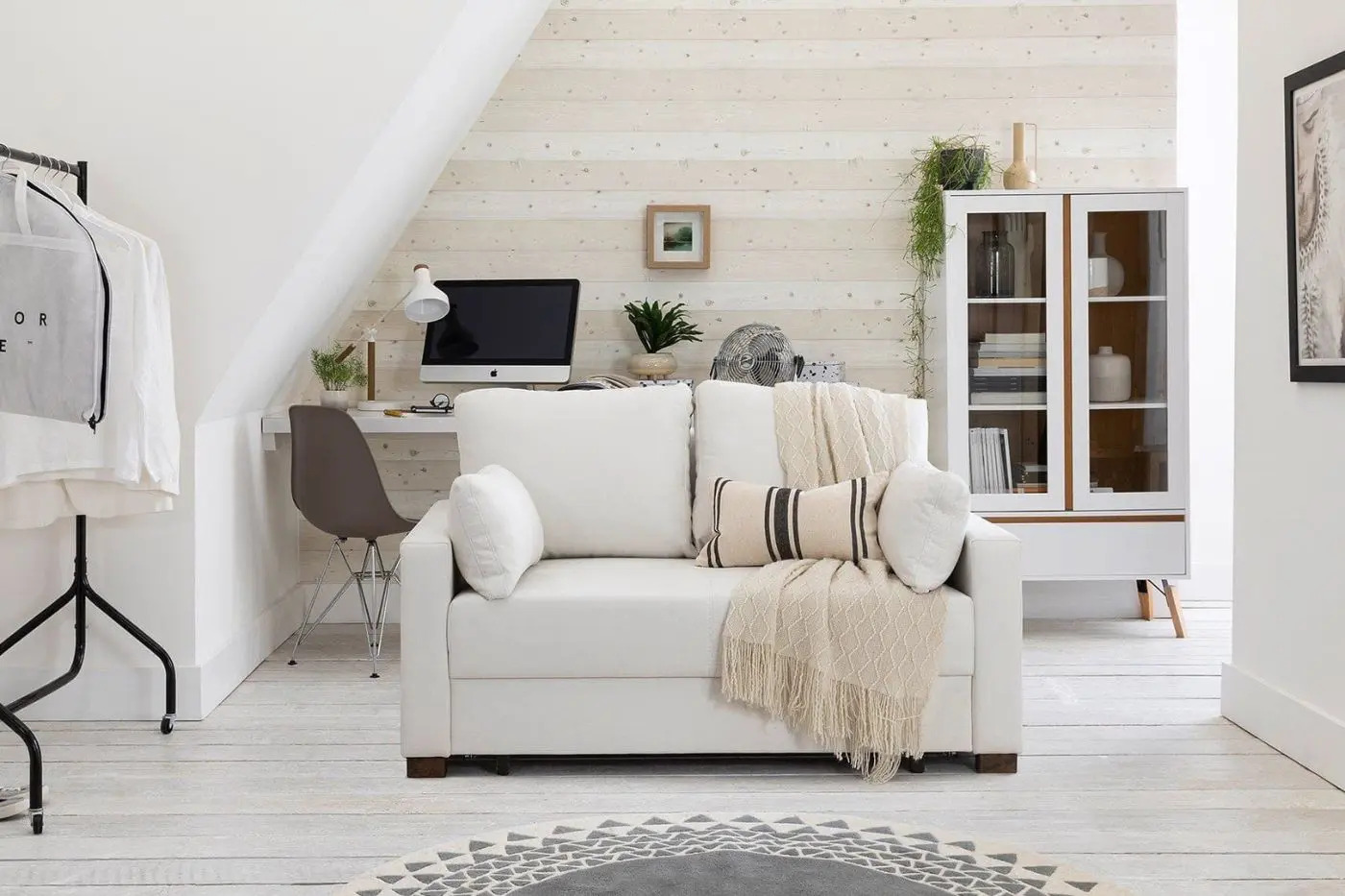
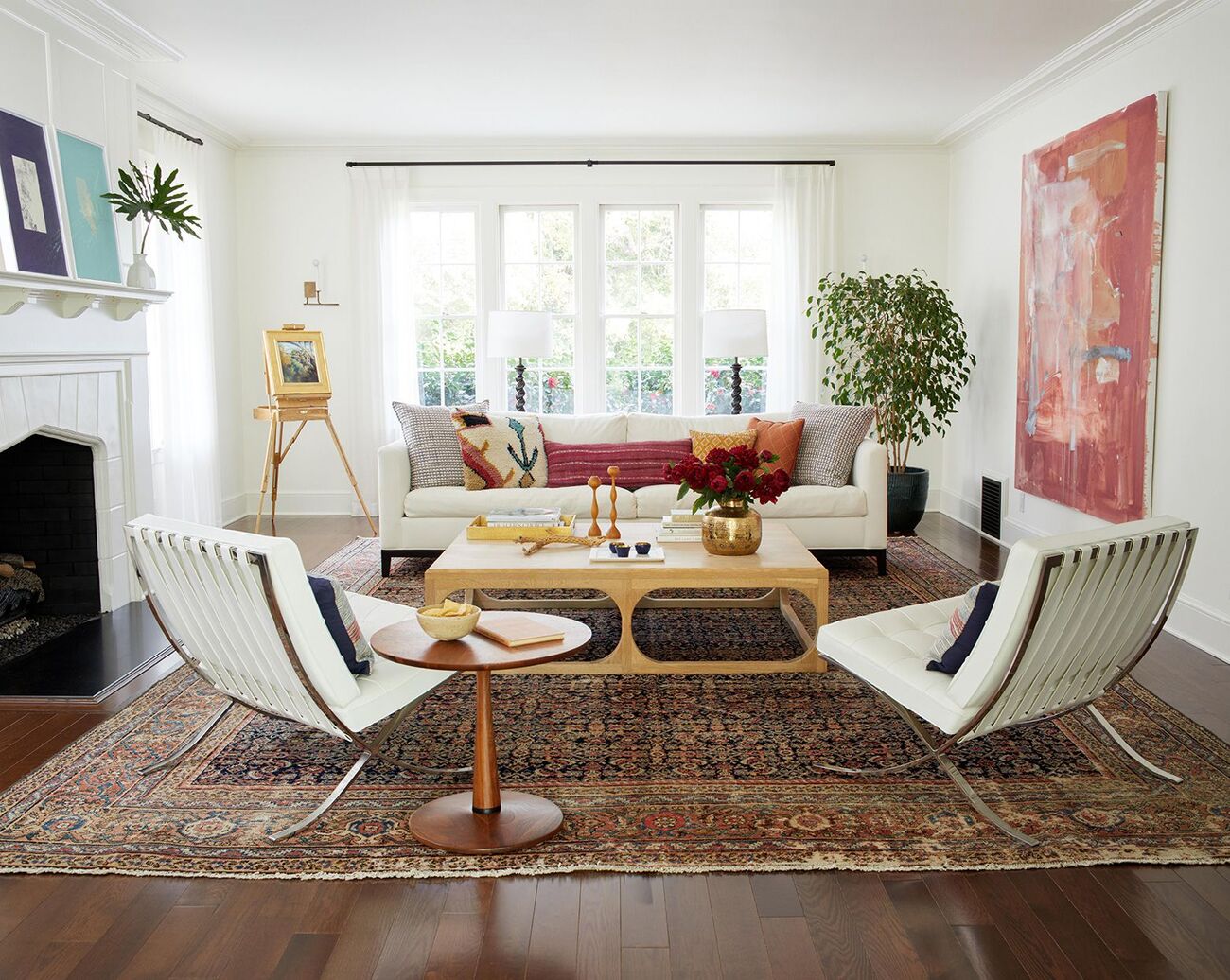
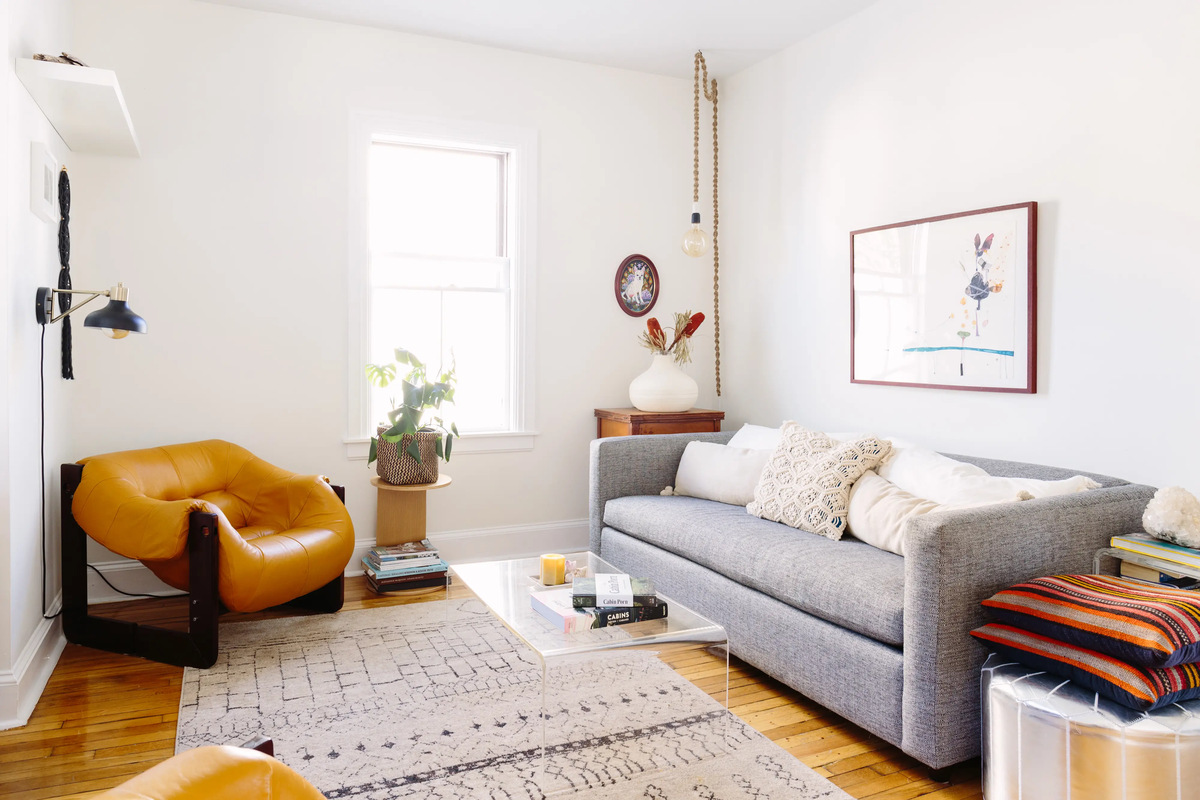
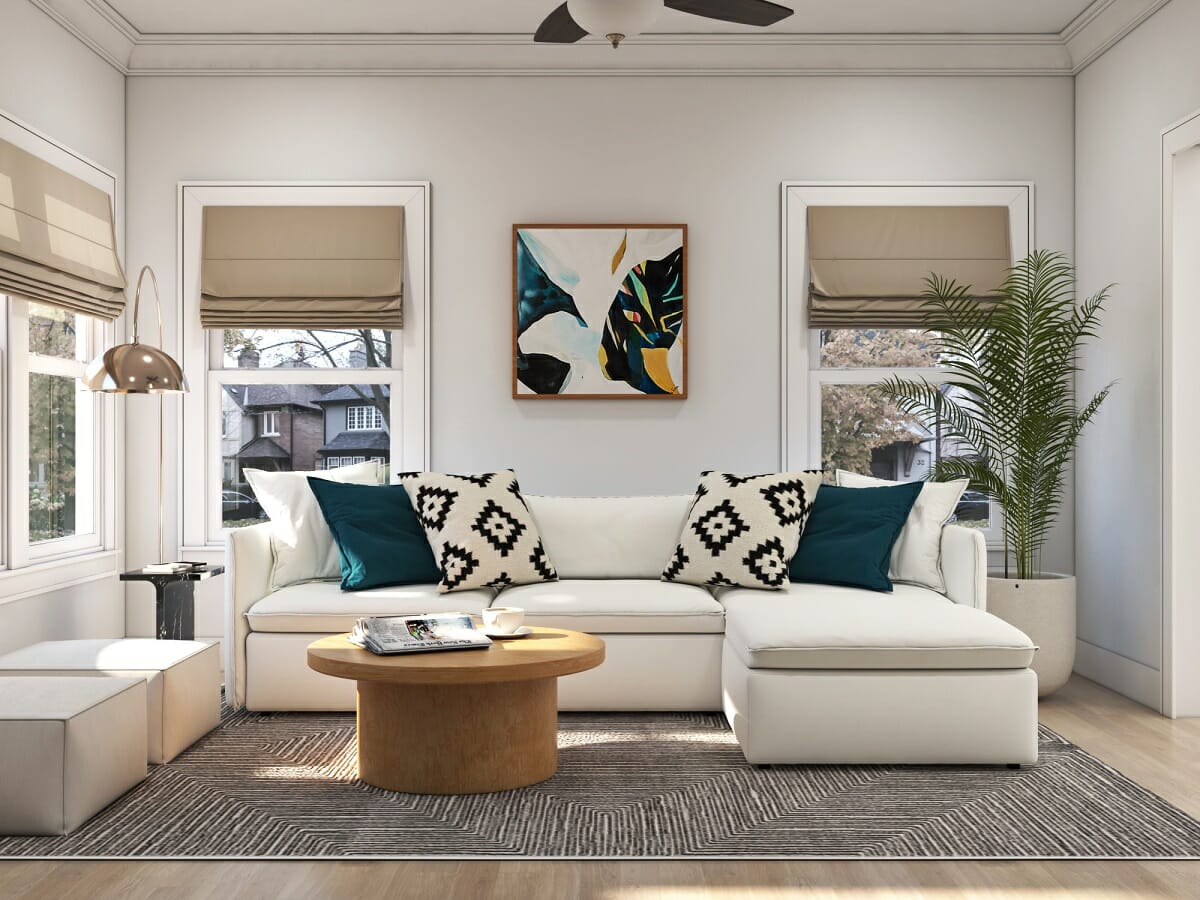
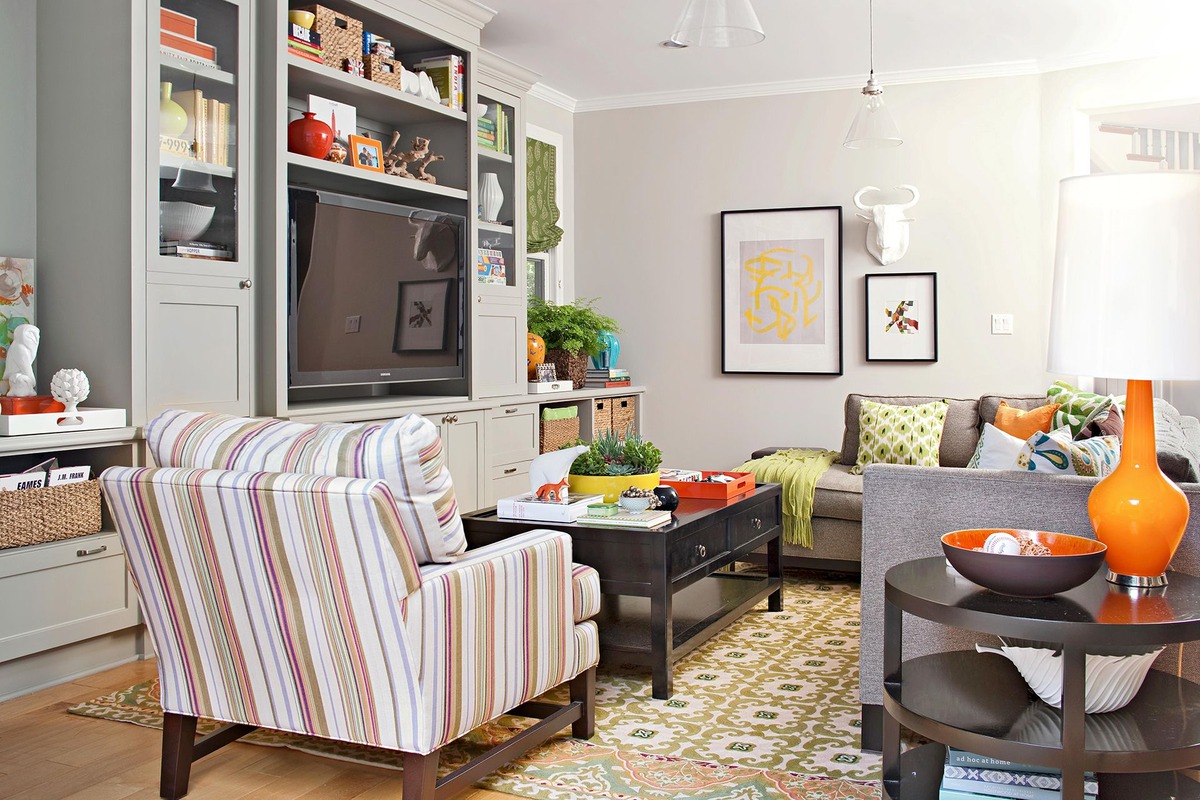

0 thoughts on “Small Living Room Design Rules: 11 Ways To Enhance Tight Spaces”